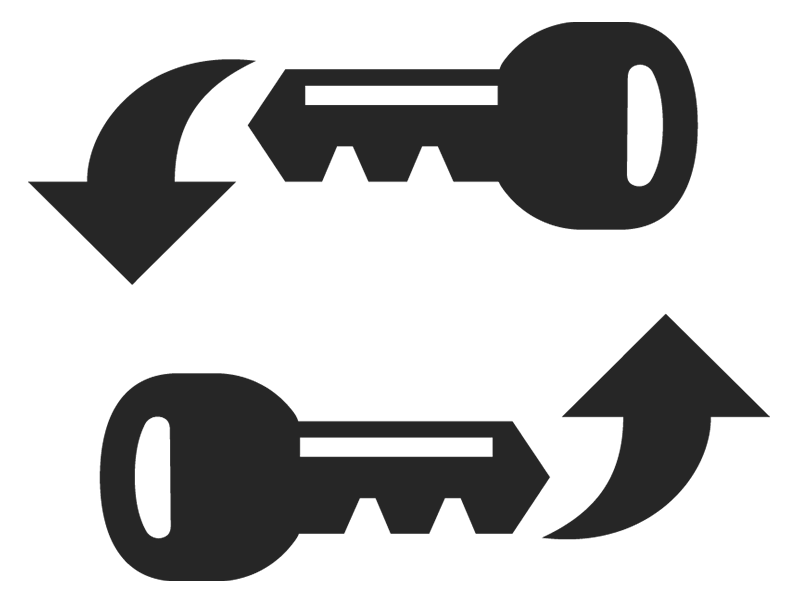Tips On How to Keep Your Vehicle in Tip Top Condition
Tips On How to Keep Your Vehicle in Tip Top Condition
Change the Oil
Get a Tune-Up
Change the Engine Air Filter
Check the Tire Pressure Monthly
Rotate the Tires at Least Every Ten-Thousand Miles
Get a Wheel Alignment Once a Year
Check the Coolant/Antifreeze in the Spring and Fall
Wash Your Car at Least Once a Month
Modern vehicles seem to last longer, run better, and require much less maintenance than those manufactured just twenty years ago. Because of this fact, owners tend to forget that even the best-made cars, trucks, and SUVs still require some maintenance, from time to time. Here are ten tips that will help keep your vehicle humming, and save a few dollars in the long run, as well.
Change the Oil
Oil change intervals vary based on a vehicle's age, driving conditions, and the type of oil currently lubricating the engine. Years ago, it wasn't uncommon for a manufacturer to recommend changing the oil every three-thousand miles. Thanks to synthetic blends, however, some vehicles may go as far as fifteen-thousand miles between oil changes. Also, don't try to judge your oil's condition based on its color, let the factory maintenance schedule be your guide.
Get a Tune-Up
Years ago, getting a car tune-up involved all sorts of part replacements and adjustments. But, thanks to fuel injection and longer-lasting spark plugs, the modern tune-up requires little more than changing the plugs and inspecting the belts and hoses. But, not every manufacturer uses 100,000-mile spark plugs, so check your owner's manual for more information.
Change the Engine Air Filter
Many automakers recommend changing the engine air filter every 15,000 to 30,000 miles. For most drivers that works out to about once every one-and-a-half to two years. But, if you drive more than most people, drive in hot weather, frequently idle in traffic, drive in dusty conditions, or pull heavy loads, consider replacing it more often. If it looks extremely dirty or has caked-on residue, it's time for a new filter.
Change the Cabin Air Filter
Cabin air filters keep dust, moisture, and even bugs out of your car's interior. Replacing the cabin filter improves HVAC performance, eliminates bad odors, and can even help with those pesky allergies. If you smell a musty odor coming out of your vents when you turn the system on, then it's time for a new cabin filter.
Check the Tire Pressure Monthly
Temperature, mileage, and road conditions all affect your vehicle's tire pressure. Also, understand that It's impossible to know if a tire has the right pressure just by looking at it. Use a reliable gauge and always fill the tires to the manufacturer's recommended PSI. Your vehicle will handle better, ride smoother, and your tires will last longer with the correct pressure.
Rotate the Tires at Least Every Ten-Thousand Miles
Because front tires wear faster than rear tires, regular rotation improves performance and helps extend their life. Ten-Thousand miles would be the most you would want to drive before rotating your car's tires (some manufacturers recommend every six to eight-thousand miles). Many vehicle owners rotate their tires with every oil change. The important thing to remember is that rotating tires too often will not do any harm but, not rotating them enough will lead to excessive wear.
Get a Wheel Alignment Once a Year
You may not realize that your wheels are out of alignment until your two-years-old tires need replacement. Misaligned wheels will result in uneven tire wear, poor ride quality, and lower fuel economy.
Change the Windshield Wipers Often
Windshield wipers degrade over time, even when they don't get used. Replacing low-cost wipers or refills four times a year makes more sense than installing expensive wipers twice a year. Also, switch to traditional bracket-style windshield wipers in the winter. They handle snow and ice better than the newer beam style blades, and cost much less, to boot.
Check the Coolant/Antifreeze in the Spring and Fall
Some car manufacturers today use coolant/antifreeze that can last up to as much as 150,000 miles. This extended life leads owners to forget that they still need to peek under the hood and check the cooling system fluid levels from time to time. Over the course of that much time (about twelve years for the average driver), and that many miles, many things can go wrong. Most experts recommend that drivers check their vehicle's coolant level, and its color, about every ten-thousand miles.
Wash Your Car at Least Once a Month
Your car's exterior gets exposed to all kinds of elements like tree sap, bird droppings, and road salt. Tree sap and bird droppings not only look unsightly but, they also can damage a vehicle's clear coat. Road salt and ice melt left on metal surfaces will cause rust and corrosion, as well. If you enjoy soaping up your ride on a Saturday afternoon, be sure to thoroughly clean the undercarriage, too.
SCHEDULE
SERVICE

SERVICE
OFFERS

FIND
TIRES

ORDER
PARTS

PARTS
OFFERS

NEW
INVENTORY

SHOP
PRE-OWNED

TRADE-IN
VALUE

APPLY FOR
FINANCING

CALL
US

